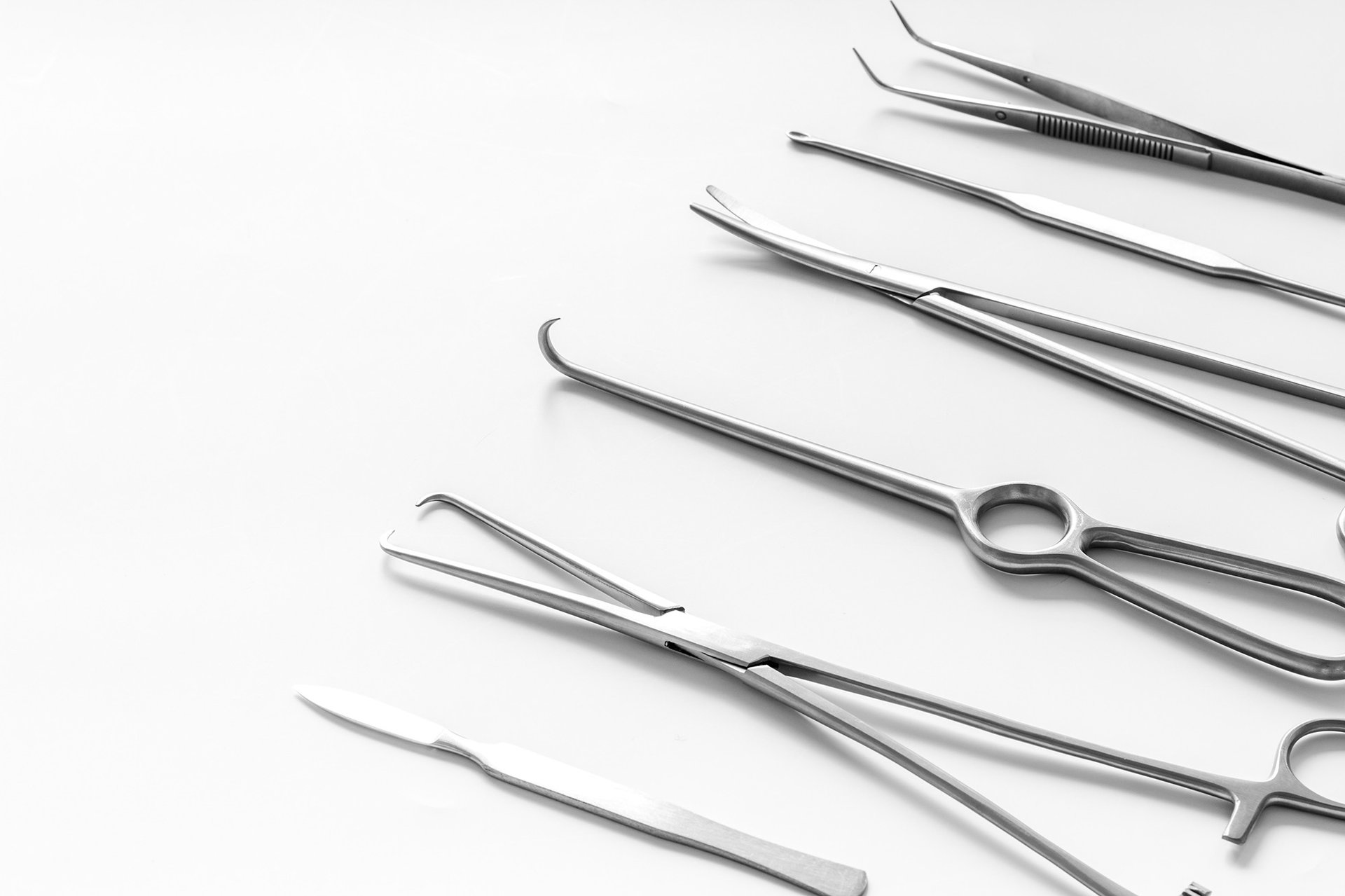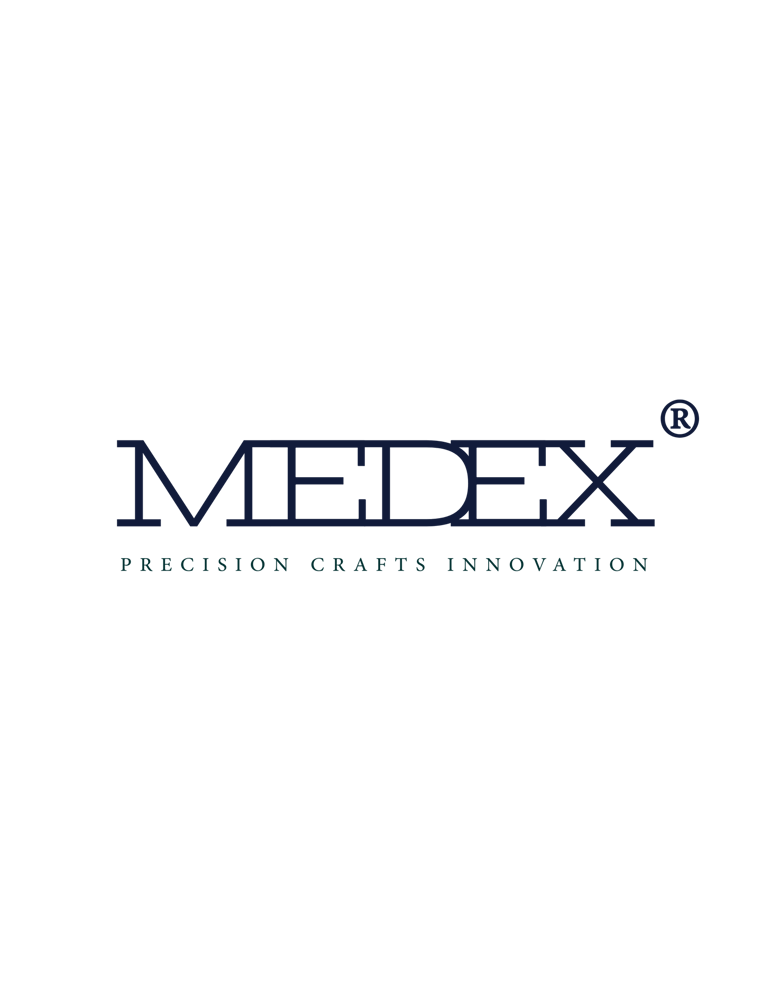
Veterinary Instruments
Veterinary instruments are essential tools used by veterinarians for diagnosing, treating, and performing medical and surgical procedures on animals. These instruments vary depending on the animal species and the nature of the procedure. Below is a comprehensive list and explanation of the main types of veterinary instruments:
1. Diagnostic Instruments
Used to examine and assess an animal's health.
Stethoscope: Listens to heart, lung, and gastrointestinal sounds.
Otoscope: Examines the ear canal and eardrum.
Ophthalmoscope: Used to inspect the interior of the eyes.
Thermometer: Measures body temperature.
Speculum: Holds open body cavities (oral, vaginal) for examination.
2. Surgical Instruments
Used during operations and surgical procedures.
Scalpel: For making precise skin or tissue incisions.
Surgical Scissors: For cutting tissues, sutures, or materials.
Hemostats: Clamp blood vessels to control bleeding.
Needle Holders: Hold surgical needles while suturing.
Retractors: Hold tissues or organs aside for better visibility.
Tissue Forceps: Grip and manipulate soft tissues.
Dressing Forceps: Used to place or remove dressings.
Towel Clamps: Secure surgical drapes around the operative site.
Surgical Blades: Replaceable blades used with scalpel handles.
Rongeurs: Used to trim or remove small bone fragments.
3. Dental Instruments
Used in animal dental cleanings, exams, and surgeries.
Dental Scalers: Remove plaque and tartar from tooth surfaces.
Elevators: Loosen teeth before extraction.
Extraction Forceps: Grip and remove loose or diseased teeth.
Mouth Gags: Hold the animal’s mouth open during dental work.
Dental Probes: Measure periodontal pocket depth.
Curettes: Clean and smooth root surfaces beneath the gumline.
4. Obstetric & Gynecological Instruments
Used in animal reproduction and birthing procedures.
Calf/Lamb Pullers: Assist in delivering newborns during difficult births.
Vaginal Speculum: Opens the vaginal canal for inspection or artificial insemination.
Obstetric Chains: Aid in the traction of a fetus during delivery.
Fetotomy Knives: Used during fetotomy (removal of dead fetus in parts).
Uterine Forceps: Hold or manipulate uterine tissue.
5. Orthopedic Instruments
Used in bone and joint surgeries.
Bone Saw: Cuts through bone during orthopedic procedures.
Bone Chisels: Removes or shapes bone.
Bone Holding Forceps: Holds fractured bones in alignment.
Intramedullary Pins: Stabilize fractures inside the bone canal.
Pin Cutters: Cut orthopedic pins to desired length.
Orthopedic Plates and Screws: Used to fix bone fractures.
Bone Drills: Drill holes in bones for screws or pins.
6. Restraint Instruments
Help safely manage and control animals during procedures.
Muzzles: Prevent biting during exams or treatment.
Nose Tongs: Used to control cattle by gripping the nose.
Neck Cradle: Restrains animal’s neck movement.
Catch Poles (Snare Poles): Capture and restrain aggressive or stray animals.
Ear Tagging Forceps: Apply identification tags to livestock ears.
7. Anesthesia & Monitoring Instruments
Used to administer and monitor anesthesia and vital signs.
Anesthesia Machine: Delivers controlled anesthesia gases.
Pulse Oximeter: Measures oxygen saturation and heart rate.
Capnograph: Monitors carbon dioxide levels in exhaled air.
Oxygen Mask: Delivers oxygen to animals under sedation.
IV Drip Sets: Deliver fluids and medications intravenously.
8. General Instruments
Used across multiple veterinary procedures.
Syringes: Administer vaccines, medications, or draw fluids.
Hypodermic Needles: Used with syringes for injections.
Trocars: Puncture the body cavity for drainage or access.
Bandage Scissors: Cut dressings or bandages safely.
Suture Needles: Used for stitching wounds or surgical closures.
Autoclave Trays: Hold instruments during sterilization in an autoclave.
These instruments are vital to veterinary practices, enabling accurate diagnosis, efficient surgical care, and safe handling of animals across species and settings.
© 2025 MEDEX (PRIVATE) LIMITED. All rights reserved.
COMPANY
PRODUCTS


